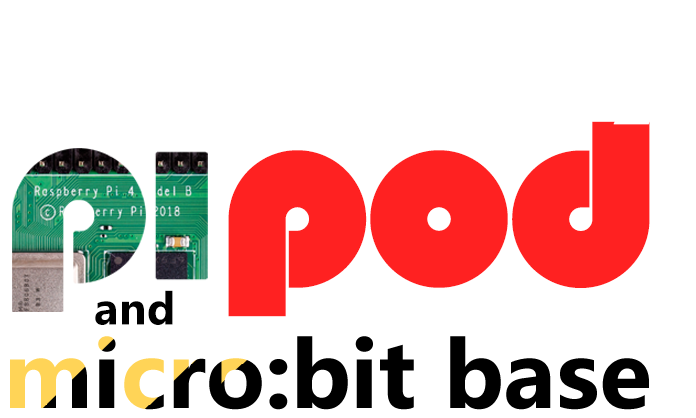Long-term hardware project: a Raspberry Pi tricorder. It’s not exactly a novel idea, but it gives me the opportunity to merge my software skills with the hardware side of the Pi, which I’m just learning.
PHASE 1 – Tricorder
BASICS
- Battery-powered Raspberry Pi with 3.5mm (or larger) screen.
- Additional diagnostics via 16×2 lcd screen.
- Wifi network access.
- Extended capabilities via Windows Mobile phone connecting with VNC and Putty.
- Rii Bluetooth keyboard and touchpad. (Touchpad will be visible all the time as will a couple of the keys, but the main part of the keyboard will be a ‘revealable’ affair.
- Contained in a clamshell case of some sort.
- LCD readout panel. (PARTIALLY DONE)
- LCDs and moving parts for function and decoration.
SENSORS
- Temperature/humidity
- Distance via ultrasonic
- Movement via PIR
- Barometric pressure
PHASE 2 (Location and Environment)
- Add GPS module
- Add mapping interface to GPS
- Light level sensor
- Compass module
- Some kind of on/off switch for the Pi itself
- Accelerometer
PHASE 3 (Medical tricorder)
- Some kind of bluetooth/wireless peripheral (“Medical tricorder”) for taking temperatures, that kind of thing.
- A camera to take picture of ‘patients’.
- Heart rate / blood oxygen monitor – http://www.coolcomponents.co.uk/catalog/heart-rate-monitor-p-816.html
- Geiger counter (for when you absolutely MUST know the level of cosmic radiation on that alien planet!)
- Some kind of sound sensor
- Some kind of bluetooth/wireless peripheral (“Medical tricorder”) for taking temperatures, that kind of thing.
- A camera to take picture of ‘patients’.
Hoping that at each Milton Keynes Raspberry Jam I can show a bit more.
The Picorder will run Adafruit’s Occidentalis distro with my Redwing script suite.
Now, if only I could find my original toy tricorder…


